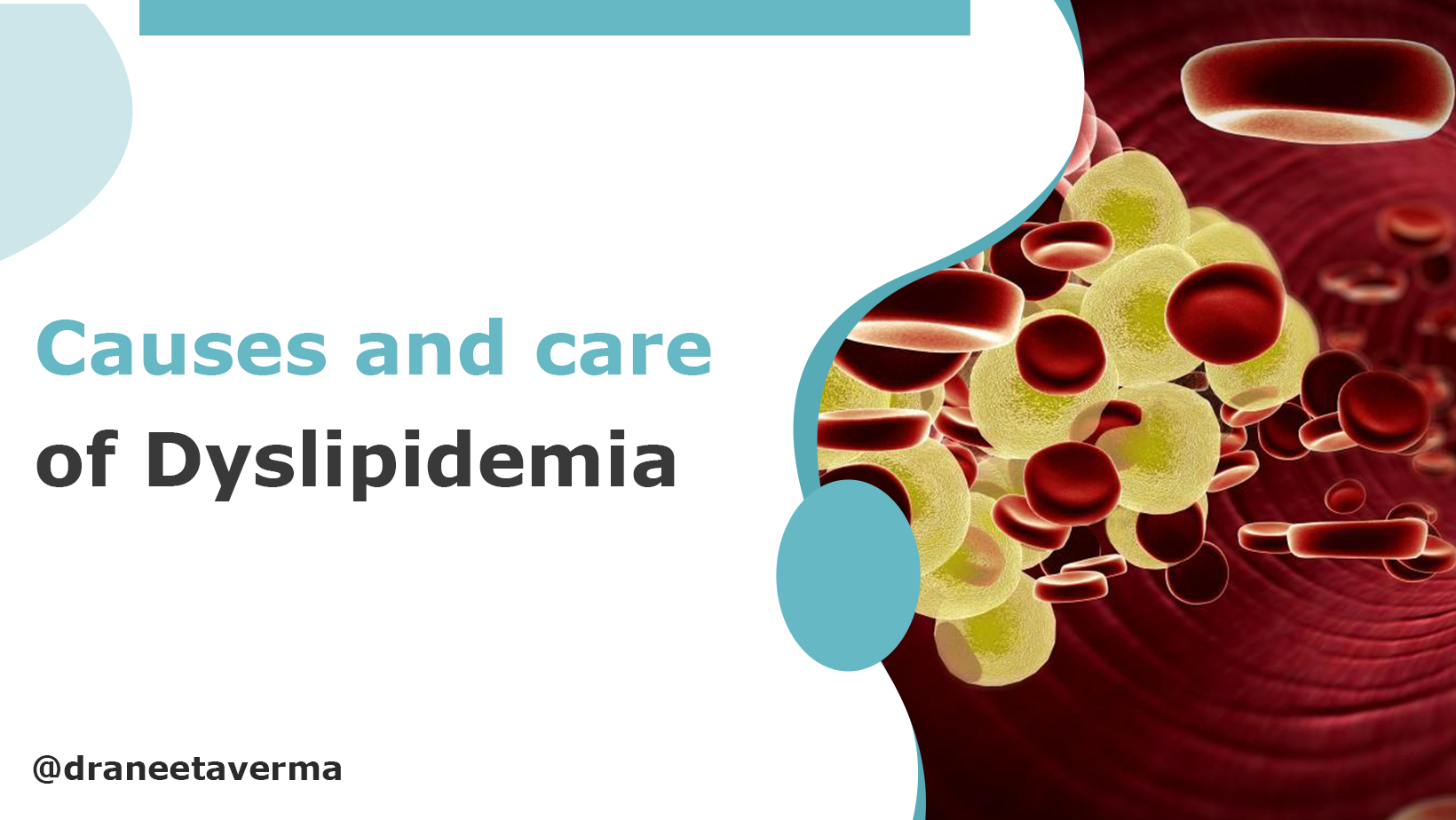+918048051883

This is your website preview.
Currently it only shows your basic business info. Start adding relevant business details such as description, images and products or services to gain your customers attention by using Boost 360 android app / iOS App / web portal.
Understanding Dyslipidemia: Causes, Symptoms, a...

Understanding Dyslipidemia: Causes, Symptoms, and Effective Management Strategies Dyslipidemia stands as a significant health concern characterized by an imbalance in the body's lipid profile, encompassing cholesterol and triglyceride levels. Such lipids are indispensable for vital bodily functions like energy provision, cellular construction, and hormone synthesis. When these lipid levels veer off balance—either soaring too high or plummeting too low—it can precipitate various health complications. The root cause of dyslipidemia predominantly roots in an unhealthy lifestyle. Factors such as obesity, poor dietary habits, sedentary living, smoking, and excessive alcohol consumption act as prime instigators. Furthermore, genetic predispositions can also sway individuals toward elevated cholesterol or triglyceride levels. Besides lifestyle factors, certain medical conditions exacerbate dyslipidemia risk, notably diabetes and kidney diseases. Manifesting primarily through elevated LDL (low-density lipoprotein) cholesterol levels and reduced HDL (high-density lipoprotein) cholesterol levels, dyslipidemia’s symptoms underscore its cardiovascular ramifications. High LDL cholesterol fosters the accumulation of fatty deposits within arterial walls, predisposing individuals to arterial narrowing and elevating the risk of heart attack and stroke. Conversely, diminished HDL cholesterol amplifies the risk of cardiovascular ailments. Managing dyslipidemia predominantly hinges on lifestyle modifications. Adopting a wholesome diet, engaging in regular physical activity, and abstaining from tobacco and alcohol form the cornerstone of preventive measures. However, pharmacological interventions, notably statins, may be warranted to curb cholesterol and triglyceride levels. Statins function by impeding a liver enzyme responsible for cholesterol synthesis. Dietary interventions hold substantial sway in dyslipidemia management. Embracing a diet low in saturated and trans fats, while shunning cholesterol-laden foods, serves as an effective strategy to rein in cholesterol levels. Incorporating fiber-rich foods such as fruits, vegetables, and whole grains can aid in this endeavor. Additionally, foods abundant in omega-3 fatty acids, like fatty fish, contribute to mitigating triglyceride levels. Dyslipidemia necessitates a multifaceted approach encompassing lifestyle adjustments and, when necessary, pharmacological interventions. By adhering to a heart-healthy lifestyle and dietary regimen, individuals can effectively manage dyslipidemia and diminish their risk of cardiovascular complications.

